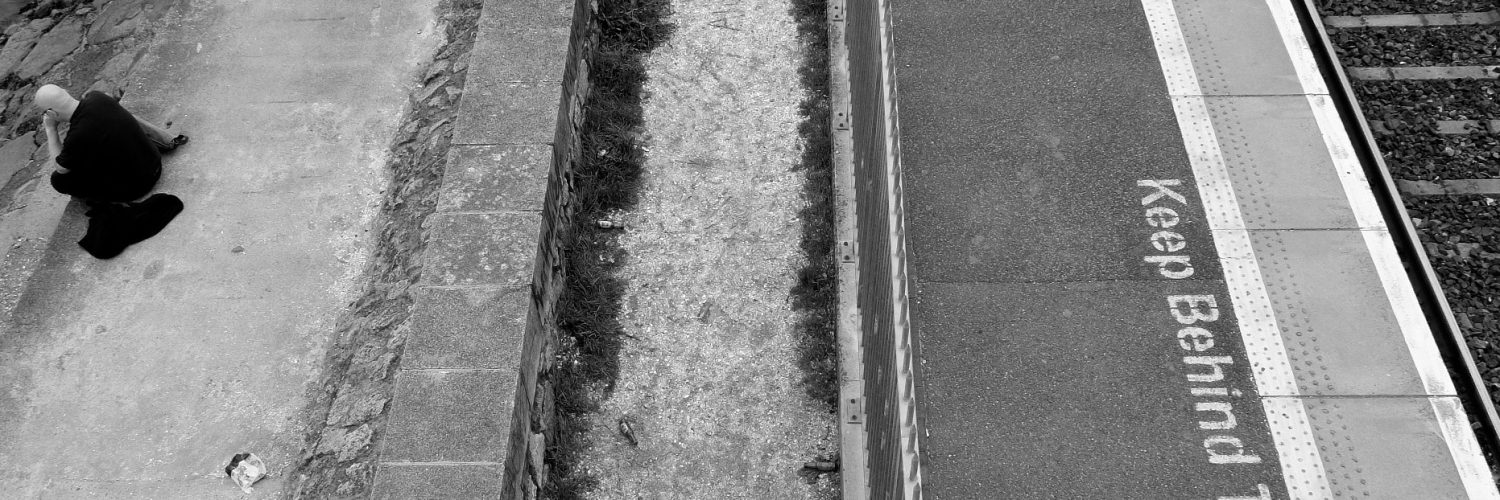MetaPaisagem
Discutíamos em outro post a questão da paisagem e das novas tecnologias de informação em relação com o espaço urbano. A Fundação Pilar e Joan Miro apresenta a exposição Rhizome.

“The landscape is not just the natural environment or its representation. It is in itself a cultural construct, subject to the codes and beliefs of those who have configured it, be it physically (determining its shape by the arrangement of gardens, plantations, roads, bridges and constructions) or as an image (choosing the point of view and the elements that will be included). The representation of landscape, in painting, photography or other media, is thus not just the plain reproduction of the environment. It becomes a selected vision, a whole Weltanschauung summarized in one image.(…)
Today, globalization offers us a repeated landscape all over the world: the horizon of a vast city or a never ending freeway flanked by signs displaying always the same advertisements. Landscape thus acquires a new signification. The so-called ‘urban landscape’ finds its own sense and form; the natural landscape turns into either a fiction or a denunciation; the virtual landscape, finally, appears in the screen of the computer to offer us a new space at which we will stare. (…)
metalandscapes proposes a revision of the concept of landscape from the perspective of digital art. Digital art incorporates the codes and themes of our contemporary society, which is dominated by technological processes and scientific research, and thus can bring a suggestive approach to the model of world view that is the representation of landscape. (…)”

Sobre mídias locativas, vejam por exemplo o trabalho de Thorsten Knaub, com uma série de obras utilizando um GPS, o GPS Diary, GPS Erasure, GPS Miró:
“During 2003 Thorsten Knaub carried out an artistic project that consisted of recording his movements by means of a GPS device. This device allowed the system to continually record his position on a graph, so that his movements were represented by a line. A walk around his neighbourhood became a fragile line outlining the layout of the streets. (…)”
